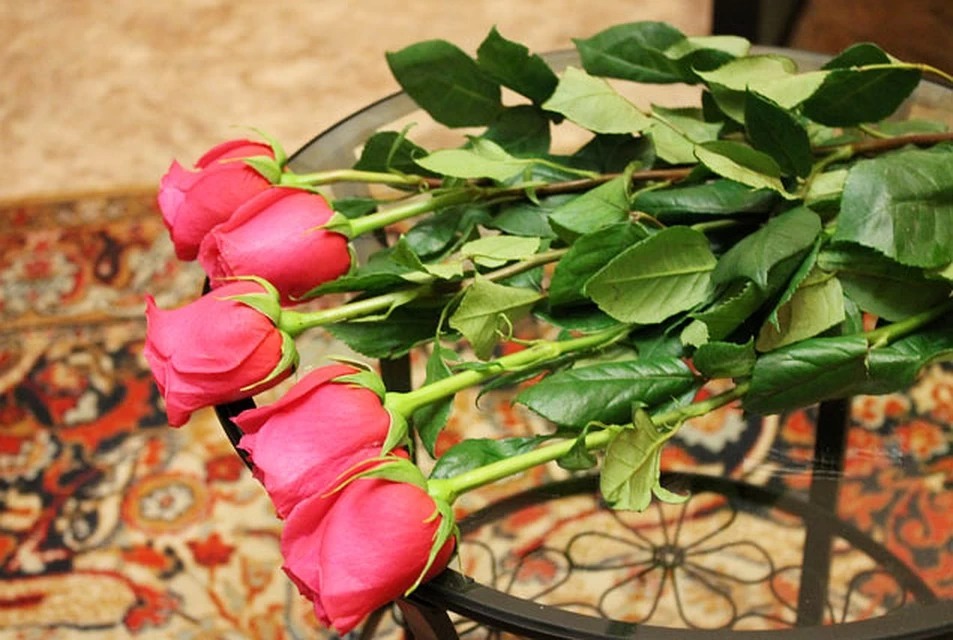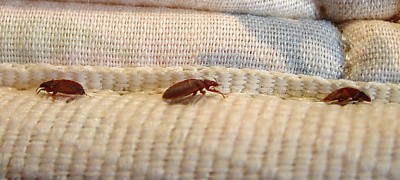How to make flowers last longer
Having received a bouquet as a gift, many immediately ask the question: what to do to keep the cut flowers in the vase fresh for as long as possible and pleasing to the eye? It turns out that there are a number of simple and effective ways. So, first things first.

Preparation
In order for a bouquet of flowers in a vase to stand as long as possible, you need to carry out a number of events, and only then you will get the desired effect.

Flowers do not like sudden changes in temperature, therefore, after bringing a bouquet home, leave it without water for a while. In winter, it is generally recommended to leave the bouquet on the balcony for 10-15 minutes.

The vase is chosen depending on the size of the bouquet. Make sure that the stems are not pressed tightly against each other. And it is better if you give preference to ceramics over glass or crystal, since the light penetrating into the vase promotes the growth of bacteria and the bouquet will not last long.
Before placing the bouquet in water, all leaves and thorns are cut from the stems. This is done in order to prevent the decay process. Pay special attention to the cut. If the flower has hard stems, then an oblique cut is made on them with a sharp knife, thus increasing the area of moisture absorption. Important: this is done in a container with water (in a basin, for example) to prevent air from entering. After that, the stem is split into a depth of 2-3 cm and a toothpick is inserted so that the moisture is absorbed better. Also do with shrub branches (jasmine, lilac).

And in order for flowers with a soft stem to please the eye as long as possible, they carry out a slightly different procedure: they make the same oblique cut, and then several vertical stripes are drawn on the stem with a needle. Callas and gerberas will last longer if their stems are treated with salt, and carnations will thank you if you dip their stems in alcohol.

A very important nuance: flowers are cut only with a pruner or a very sharp knife. Scissors will damage the stems and the flowers will wilt very quickly even if the above conditions are met.

The water for the bouquet is also selected individually. So, for example, daffodils and lilies of the valley feel great in warm water, but for tulips, chrysanthemums and irises, ice liquid will be a real gift. It is no coincidence that ice is often added to a vase of these flowers. And the water level should be different.

Gerberas, irises and freesias will be 5-7 cm deep, while roses, chrysanthemums and tulips will need at least 10 cm of liquid. Well, carnations and daffodils are considered the most moisture-loving, so the water level in vases with these flowers reaches 15-17 cm. Dahlias and phloxes will need even more water.

Disinfection of water
Rain or spring water is ideal for any cut flowers. In a megalopolis, melt water, filtered or distilled, is often used. Sometimes flowers are even placed in mineral sparkling water.

It is better to either refuse the plumbing option, or, as they say, bring it to mind. This can be done in different ways. With the help of silver or copper, unnecessary bacteria are destroyed in the water; for this, it is enough just to dip a silver spoon or jewelry into the container.

Charcoal will perfectly cope with the disinfection function (in the absence of it, you can use activated charcoal). Acetylsalicylic acid is a great way to prolong the life of cut plants: a tablet is crushed and mixed with water in a ratio of 1 tablet to 6 liters of water. Roses, calla lilies, dahlias and hydrangeas will appreciate the salt solution: 1 teaspoon in 1 liter of water.

Most flowers require daily water changes. If your flowers are in solution, then it is changed once every two days. At each change of water, the vase is thoroughly washed, the sections of the plants are renewed, the stems are washed and the dried flowers are removed.

Some flowers need to be sprayed. Roses, freesias, carnations and lilies of the valley are sprayed several times a day, avoiding water getting on the bud or flower. But violets, sweet peas and orchids do not need additional moisture, on the contrary, they can darken and die from spraying.

Top dressing
Today, ready-made feeding can be purchased at a specialized store. If you prefer folk methods, then here are several options: 1 tablespoon of granulated sugar per liter of water, or 1-2 tablets of glucose per liter of water. Alternatively, you can use 50 ml sweet soda per liter of water.

Alcohol, vinegar and aspirin are excellent double-acting agents: for disinfecting water and for feeding plants.

Remember, not all flowers like sweets, for example, cyclamens, chamomiles and lilies of the valley may even die. So, before feeding the plants, check what kind of feeding they need.

Important: the duration of the "life" of the bouquet also depends on the conditions in which the flowers were grown, and what kind of fertilizers were used in the process of their growth.
Useful Tips
Finally, a few useful tips to make the bouquet delight you as long as possible.
- Neighborhood plays an important role. Incorrect color combinations can speed up wilting. For example, roses, carnations, lilies, daffodils, orchids and lilies of the valley, as well as poppies and irises must be placed separately, no company will suit these flowers. Lilacs, forget-me-nots and tulips will quickly die if they are "settled" with lilies of the valley. By the way, bulbous crops are generally considered lonely. But the twigs of thuja or geranium, added to the bouquet, can prolong the life of their "neighbors".

Lilies of the valley do not tolerate neighborhoods with other flowers, so only this type of flowers should be in the vase. - Place for a vase. It is better if the vase with flowers is located away from direct sunlight and heating appliances, in a cool place, but with enough light. Better if the bouquet will be "settled" away from the fireplace, TV or computer. By the way, the neighborhood with fruits is also detrimental to flowers, especially roses and carnations do not tolerate it.The same applies to wilted flowers - they are immediately cut off or the entire wilted stem is removed from the vase.

Freshly cut roses, with proper care, can stand in a vase of water for up to 2 weeks. - It turns out flowers can be revived. Of course, this "procedure" cannot be carried out indefinitely, but still. When the flowers begin to wither, they are placed in boiling water for 2-3 minutes (thanks to hot water, life processes are activated), and then a new cut is made under water, the flowers are placed in cool water and additional fertilizing is added.

We take out and cut off with a sharp knife obliquely the part that was in boiling water. Immediately put in clean and cold water. - Floral foam. This modern know-how is in demand among florists and not only. It is a special sponge, thanks to which it is possible not only to keep plants alive and blooming, but also to create almost any composition from different cultures. The sponge is soaked in water within a few seconds and retains moisture for a very long time. According to some estimates, the amount of moisture in such a sponge is 40 times its own weight. Like a bouquet in a vase, the composition in a special sponge needs to be watered (this is done by moistening the sponge about once every two days) and spray the leaves.

For such "procedures", water is used with the addition of a disinfectant solution and top dressing.
The bouquet received as a gift really wants to be preserved for a long time. And although a flower arrangement will not be able to last as long as potted flowers, applying simple tips will significantly extend its life.

VIDEO: How to keep roses in a vase much longer.









